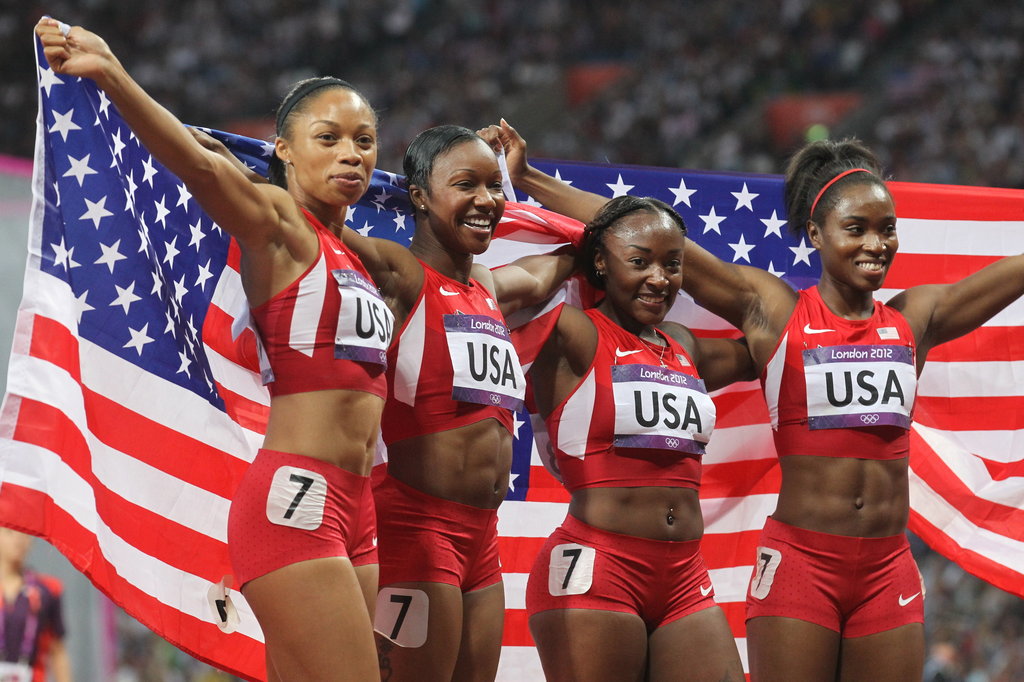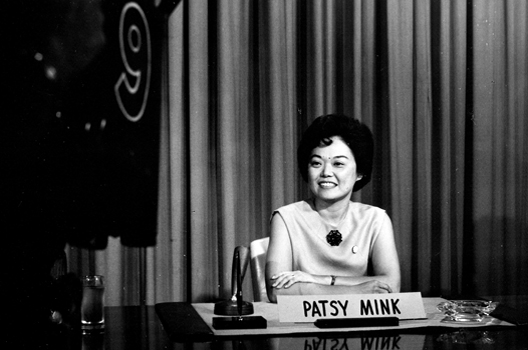On July 1, 1972, Richard Nixon signed into law Title IX of the Education Amendments. Few people noticed at the time, but eventually it became the single greatest force for full participation of females in education, both academics and sports.
It’s just 37 words, 37 plain and grammatically clunky words hiding inside a large education bill, 37 words that didn’t seem to be a big deal at the time, 37 words that would change everything:
“No person in the United States shall, on the basis of sex, be excluded from participation in, be denied the benefits of, or be subjected to discrimination under any educational program or activity receiving Federal financial assistance.”
Rise in Women’s athletics

The rule, part of the Education Amendments of 1972, stipulates that any educational program or activity that receives federal funding cannot discriminate on the basis of sex. Its implications are many; recently, for example, Title IX has been the basis of complaints against schools charged with not properly responding to the issue of sexual assault. But its most famous impact has been on school sports programs. Because almost every college in the U.S. receives some kind of federal funding, female athletes were able to use Title IX to argue that schools should take women’s athletics as seriously as they did men’s.
The regulation didn’t go into effect right away but, in anticipation, the change had already begun when the subject was examined in a TIME cover story in June 0f 1978, right around the time when compliance would become mandatory.
Already, TIME explained, six times as many high school girls were participating in competitive high school sports than had done so in 1970. The budget for women’s sports at North Carolina State had multiplied by 15 in just four years. The University of Michigan had not had a single formal competitive sport for women in 1973; five years later, it had 10 varsity teams for them.
And the impact of the amendment is still being felt — according to the NCAA, in the 2015-16 academic year, 211,886 women participated in college sports in the U.S., representing a 25% increase over the previous decade.
Patsy Mink, the mother of Title IX

We might think we have come far in our struggles against sexism, racism, and oppression, but we still have a very long way to go.
Just seventy years ago, in 1948, a graduate of the University of Hawaii majored in chemistry and zoology and applied to a series of medical schools. She was a third-generation Japanese Hawaiian, the first female president of the student body at Maui High School, and the valedictorian of her graduating class in 1944. She should have been a shoo-in.
She was denied admission by all twenty of the medical schools to which she had applied. Because she was a she and not a he.
She went instead to the University of Chicago Law School, where she earned her Juris Doctor (doctor of law degree) in 1951.
Perhaps those old white doctors who tried to keep their schools from women, and especially women of color, did this woman a favor despite their worst intentions. After all, they launched this young woman’s law career.
